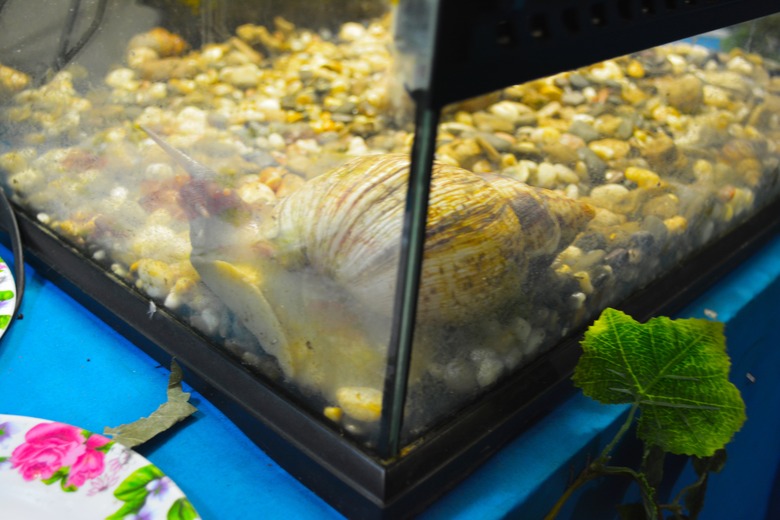How To Remove Aquarium Sealant
When you are repairing a leak or crack in your aquarium, it is important to remove the old sealant first. What's the best silicone remover? You can usually remove most aquarium sealants from the glass quite easily with a simple razor blade. There are steps to take to remove more stubborn sealants to ensure the glass is completely clean.
About aquarium sealant
About aquarium sealant
Aquarium sealant is an adhesive gel composed primarily of silicone. It has a rubbery texture and is strong enough to bond heavy panes of glass and still support the pressure of a tank filled with water. The silicone sealant is durable and should last for years despite the constant contact with fresh or salt water.
However, the situation may arise when you need to remove the sealant. This could be because you need to repair a crack in the glass, replace one of the glass panes, or simply repair a leaky seal. Before you get started, make sure you position the aquarium on a sturdy surface covered with a carpet or other soft cloth that won't scratch the glass.
What's the best silicone remover?
What's the best silicone remover?
Use a utility knife or razor blade to scrape the silicone sealant off the glass. If you are removing a lot of silicone, consider using a paint scraper that will cover a larger surface area. A pair of tweezers can help you to remove the silicone from the corners. In many cases, this is all you need to fully remove the sealant from the aquarium glass.
What's the best silicone remover if the razor blade isn't enough? You don't want to risk scratching the glass, so if some sealant remains after scraping, the best option is often to use a soft cloth and acetone to help remove residual silicone. Another option is a mixture of white vinegar and water.
Make sure that all of the old sealant, including all the residue, is removed since fresh aquarium sealant will not stick to the old sealant. Once you have confirmed that all the sealant is gone, clean the inside of the glass with a cloth and allow it to fully dry.
Applying new aquarium sealant
Applying new aquarium sealant
Now, it's time to apply new sealant to repair the aquarium. If there is a crack in the glass, apply the sealant to the crack on the inside of the glass. If you are installing a new pane or fixing the seal, make sure to measure the pane carefully so that the replacement is the correct size.
Apply the sealant to the inside edge of the pane where it connects to the other panes of glass. Position the pane and secure it with tape to hold it in place. Then, apply another line of silicone sealant to the inside seams of the tank, smoothing it out with your finger. Allow the sealant to dry for 24 hours. The exact amount of time needed for the silicone to dry completely can vary, so check the product label for details.
Check the new sealant
Check the new sealant
Once the tank is repaired and the sealant is completely dry, fill the tank with water. Check the seams and crack closely to make sure the new silicone will hold and there are no leaks. It is critical to take your time and do this before returning your fish to the tank.
